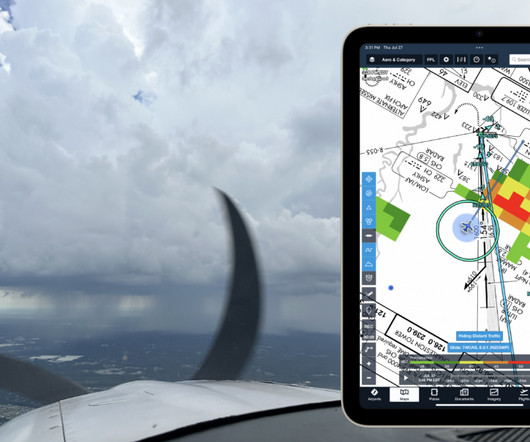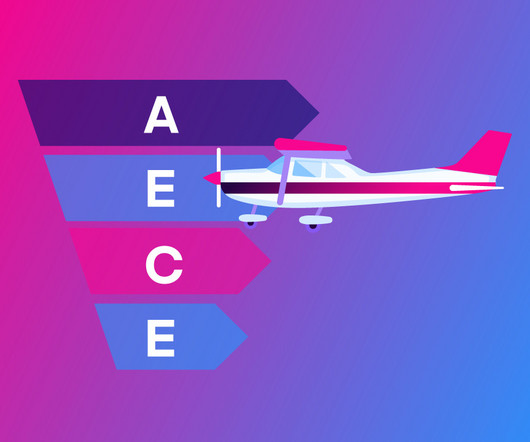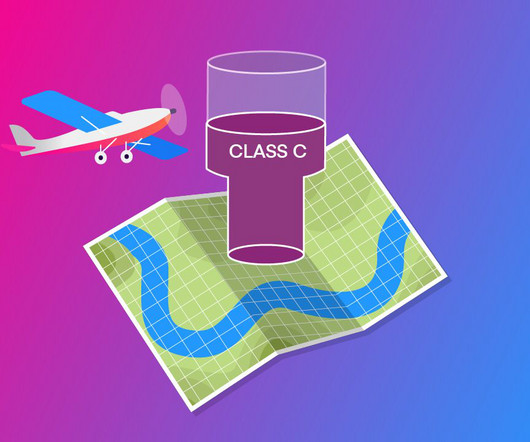Long Trips & Small Airplanes
Plane and Pilot
AUGUST 6, 2024
Maybe it’s the Georgia flying weather, or maybe it’s the ever-increasing emphasis on “old” pilot instead of “bold” pilot, but it seems that flight planning these days is a lot more about if and when than about route and altitude. It’s only two hours by RV-9A, but there are gotchas lurking in the flight planning.













Let's personalize your content